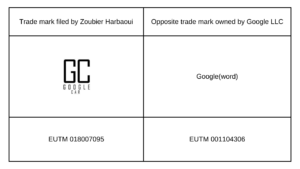Not worth messing with the giants – the case of Google vs. Google Car
By judgment of 1 February 2023, case no. T-568/21, the CJEU dismissed an action of ZoubierHarbaoui (the Applicant) against the decision of the EUIPO Board of Appeal dismissing the appeal against the decision of the Opposition Division upholding the opposition of internet giant Google LLC against the registration of a trade mark containing the term Google.
By doing so, the Court confirmed that Google’s trade mark is reputable and has a very strong protection in the EU. The discrepancy in the scope of goods covered by the application is of no significance.
The GC Google Car trademark was filed for goods in Class 12 'Vehicles and conveyances’. Google LLC filed an opposition based on 13 earlier marks, including the word mark ’Google’ indicated above, protected for goods and services in Classes 9, 35, 38 and 42. The opposition was fully upheld by the Opposition Division and the correctness of the decision was confirmed by the Board of Appeal.
The EUIPO recalled that, pursuant to Article 8(5) of Regulation (EU) 2017/1007 of the European Parliament and of the Council of 14 June 2017 on the European Union trade mark (EUTMR), in the case of reputation marks, a mark applied for shall not be registered if it is identical or similar to an earlier mark, regardless of whether the goods or services for which it is applied for are identical to, similar or dissimilar to those for which the earlier mark was registered. It is only relevant that an average consumer establishes a link between the signs and the use of the later mark may, inter alia, confer an unfair advantage on the applicant.
The Applicant complained that the Board of Appeal, firstly, incorrectly compared the marks
visually and conceptually; secondly, incorrectly assessed the existence of a link between the marks; and thirdly, incorrectly assessed the risk of unfair advantage. The Court did not agree with any of the allegations.
CJEU pointed out that, in the present case, Google’s trade mark is incorporated in its entirety in the Applicant’s trade mark, which prejudices the existence of similarity. With regard to a conceptual layer, the Court explained that the Board of Appeal correctly pointed out the widespread identification of the word Google with the popular internet search engine, despite the fact that the word Google itself has no such meaning.
As regards the second plea, the Applicant argued that the public would not be able to see the connection between the opposing trade marks, since Google LLC’s trade mark is applied to an internet search engine and the Applicant’s trade mark is applied to vehicles. The Applicant also added that Google LLC has another registered trade mark for vehicles, which also affects the lack of link between the marks at issue – these marks are the word marks WAYMO (EUTM 017000886, IR 1359180), owned by Waymo LLC which is a company of the holding company Alphabet Inc. which also includes Google LLC. With regard to these arguments, the CJEU recalled that it is not necessary that there be a direct and immediate link between the goods and services in order for an objection under Article 8(5) EUTMR to be upheld. The Court pointed out that the very high reputation of the trade mark belonging to Google LLC would cause the public to notice a link between the compared marks.
As regards the third plea, the Applicant explained that the fact that Google LLC has another registered trade mark for goods and services in Class 12 will prevent the Applicant from benefiting from the Google brand in the event that the trade mark applied for is successfully registered. The CJEU disagreed with this argument, pointing out that „the mere existence of an additional mark owned by the proprietor of the earlier mark cannot have the effect of reducing or even eliminating the risk of free-riding to the detriment of the earlier mark, as the relevant public will establish a link between the marks at issue”.
Our own commentary on this ruling seems unnecessary. Certainly, the Google trade mark is currently one of the most recognisable trade marks in the world. Many entities would certainly like to benefit from this recognition in their own activities, also different from online services. Trade mark law, however, prevents such an endeavour, as it seems, to the benefit of us all and a sense of fairness.
See more:
SUMMER IP MEETINGS FOR LAW STUDENTS IN OUR GARDEN
Discover the Fascinating World of Intellectual Property Rights with Żuraw i Wspólnicy sp. k.! Are you a law student interested in intellectual property law? Do you want to learn about trademarks and their protection principles? Are you eager to explore...
CJEU Ruling Reinforces: Mere Knowledge of Existing Trade Marks Isn’t Enough to Prove Bad Faith Applications
In its judgment of 15 May 2024, in Case T-181/23, the CJEU dismissed the appeal against the decision of the EUIPO Board of Appeal and thus, the Court once again confirmed that the applicant’s mere knowledge of a third party's earlier trade mark shall not be sufficient...
A Czech court rules on copyright to a work generated by AI
Artificial intelligence is becoming more and more prominent in the sector of music, literature and, as a matter of fact, in most fields that require a creative approach to any task or issue so far reserved exclusively for humans. It was therefore only a matter of time...

